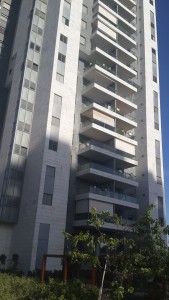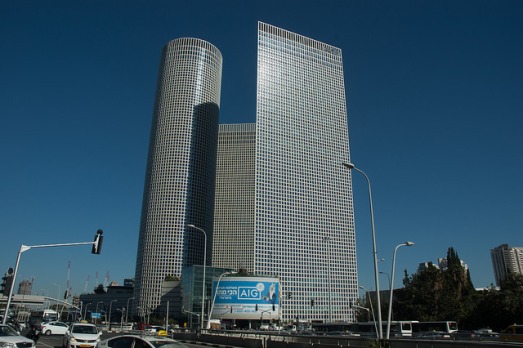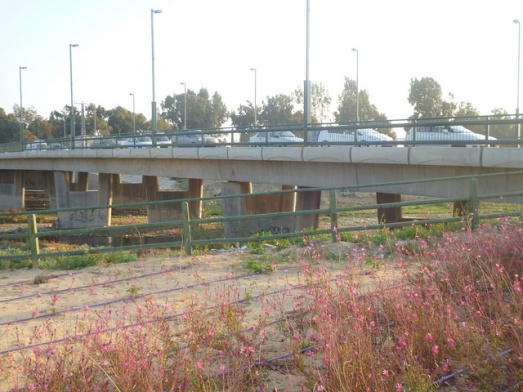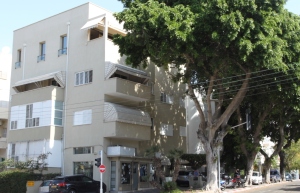In the year 2000 Hod Hasharon was slated to become one of the top 7 of Israel’s fastest growing cities with a then population of 36,000.In 2013 the population is an estimated 52000 with a new neighborhood called Madhan 1200 which is rapidly building 100’s of new 5 room units which are ready now and more buildings for occupancy in the next 1-5 years. As the Tel Aviv area increases its population upward with new skyscrapers and as commute by train expands and becomes more accessible, Hod Hasharon, which has land for growth appropriation is in natural proximity to the high tech and biotech centers of business in Tel Aviv, Herzliyah and Raanana. Hod Hasharon sits due west of Herzliyah off the 4 Hwy. and south of Raanana-Kfar Saba making it a highly central location to Israel’s densely populated coast.
The Aura development company has also expanded its growth with a new tender to urban renewal in an older section of Hod Hasharon which will transform 4 buildings containing 56 in the central Ramatayim neighborhood which will create in its place 200 new units in six 24-story towers.









